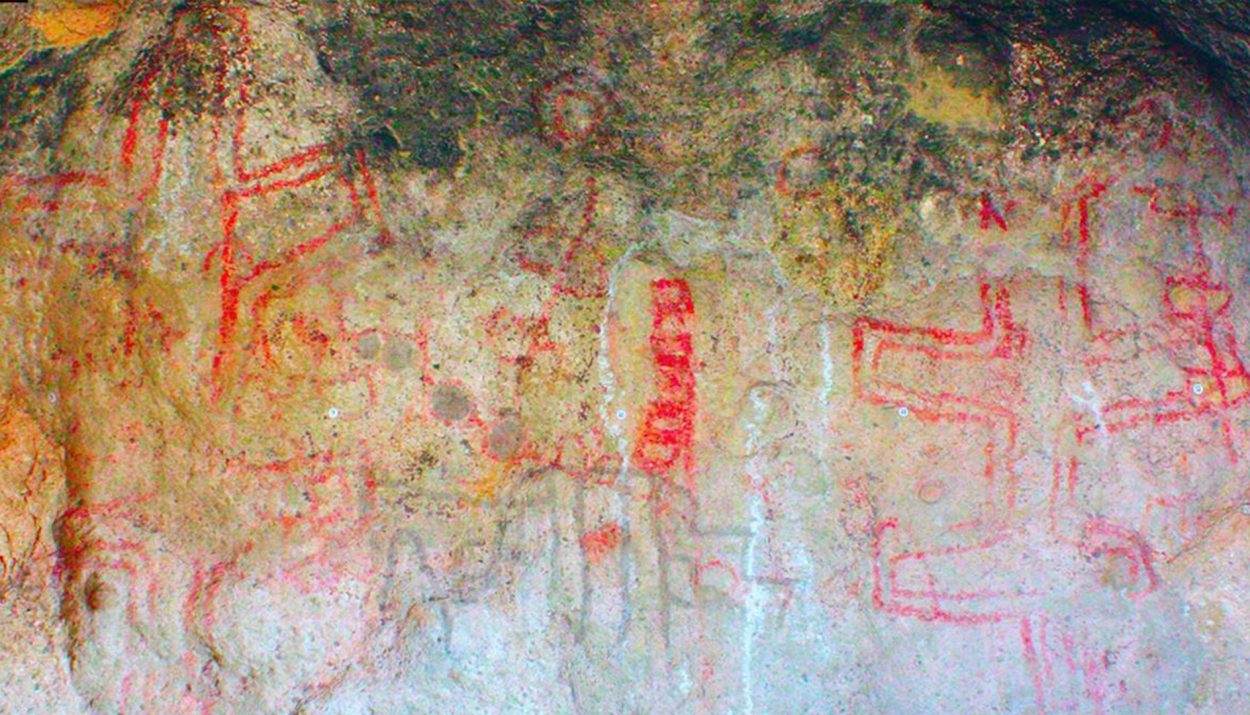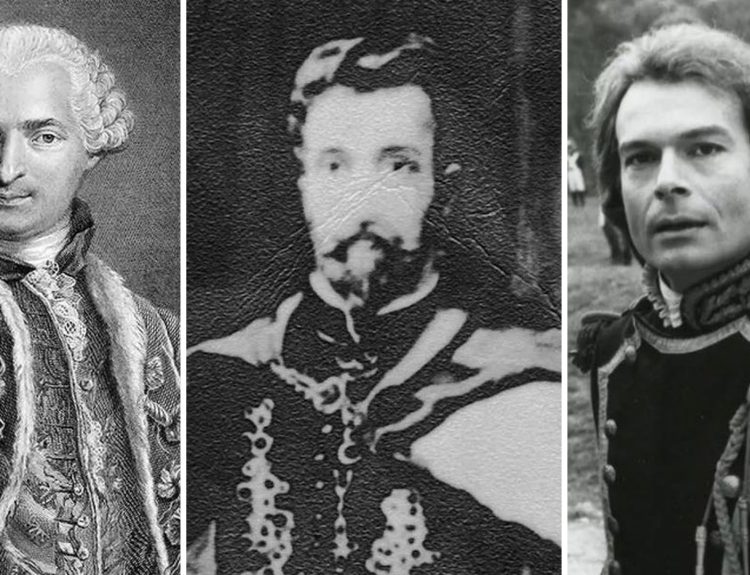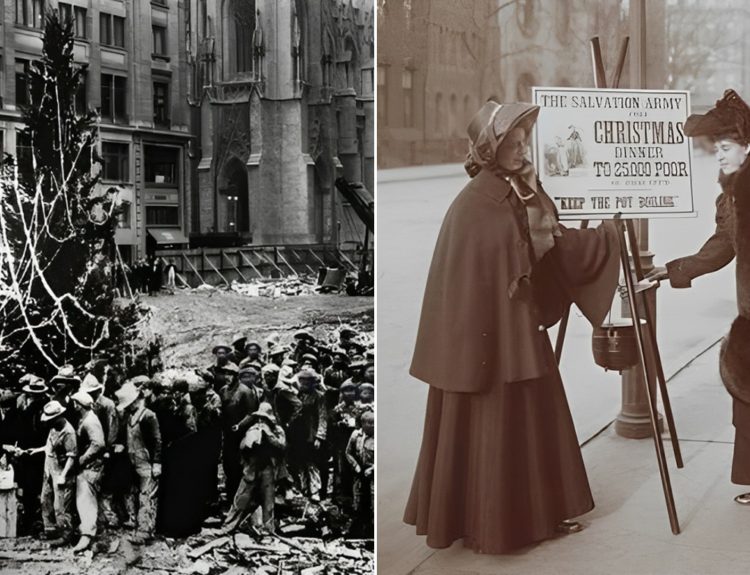Patagonian, a region in the southern tip of Argentina, is referred to as the end of the world. And for good reason. Anthropologists believe it was one of the last places on Earth to be inhabited by humans. The region is diverse, remote, and rugged, which makes a recent discovery all the more incredible.
Ancient drawings in a Patagonian cave have been carbon dated and the results are mind blowing. Some of the cave art contains the earliest pigment-based art on the South American continent. But that wasn’t the only remarkable realization that researchers learned.
Patagonia’s Vast Frontier
The Patagonia region spans more than 400,000 square miles in the southern part of South America. Within this region, there are deserts, glaciers, grasslands, mountains, fjords, and caves. Researchers believe that the first human inhabitants of Patagonia arrived in the region about 12,000 years ago.
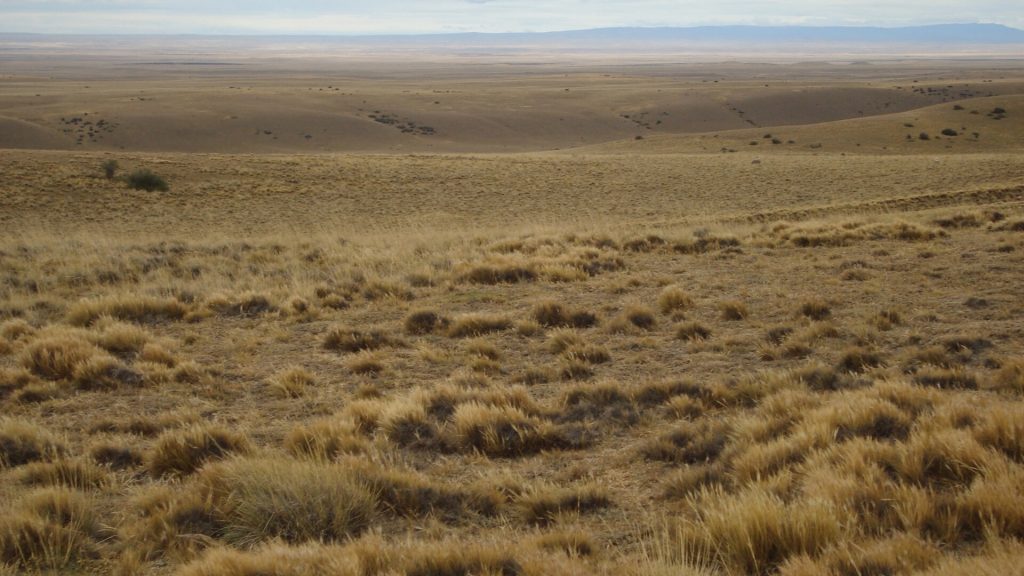
However, around 10,000 years ago, the climate of the region began to change. It became much drier, making it a challenging place to live. Today, many parts of Patagonia remain harsh, windswept environments, but the natural beauty of the landscape still draws in adventure-seeking tourists.
A Cave with a Unique Story to Tell
The cave where the rock art has been found is not an unknown cave. In fact, this cave, which is called Cueva Huenul 1, has been studied in the past. This particular cave is located in a dry, desert area in the northwest portion of Patagonia in an area owned by Argentina. The cave is more than 3,000 feet above sea level.

The walls of Cueva Huenul 1 are covered in rock art. There are, in total, 895 different cave drawings that can be categorized into 446 different motifs. As we will soon learn, one often-repeated motif is particularly puzzling.
Painted in Red, Black, Yellow, and White
The cave art found in Cueva Huenul 1 includes drawings of humans, either as full-body silhouettes or individual faces. There are also depictions of many of the animals that inhabited the region, such as llamas and birds.

In addition, there are numerous drawings of abstract and geometric shapes. These include circles, parallel lines, dots, and other random geometric drawings and images. The drawings were painted on the cave walls using pigments of white, red, yellow, and black paint. It was this paint, as we will soon see, that was the key to dating the images.
Radiocarbon Dating the Black Paint
Previous studies of this cave placed the rock art at only a few thousand years old. According to archaeologist Ramiro Berberena, with the Argentine National Scientific and Technical Research Council, or CONICET, “It’s usually really hard to date rock art unless it has an organic component, otherwise there really isn’t any material that you can date.”

The researchers took a closer look at the black paint used to make the rock art. They determined that this paint was made from burned wood, therefore it contained carbon. They were able to use radiocarbon dating techniques to reveal the age of the drawings. The results, however, were quite unexpected.
“Several Millennia Older Than We Expected“
The oldest rock art in Cueva Huenul 1 dated back roughly 8,200 years ago. “It turned out to be several millennia older than we expected,” explained Guadalupe Romero Villanueva, a CONICET archaeologist. “We got surprised.”
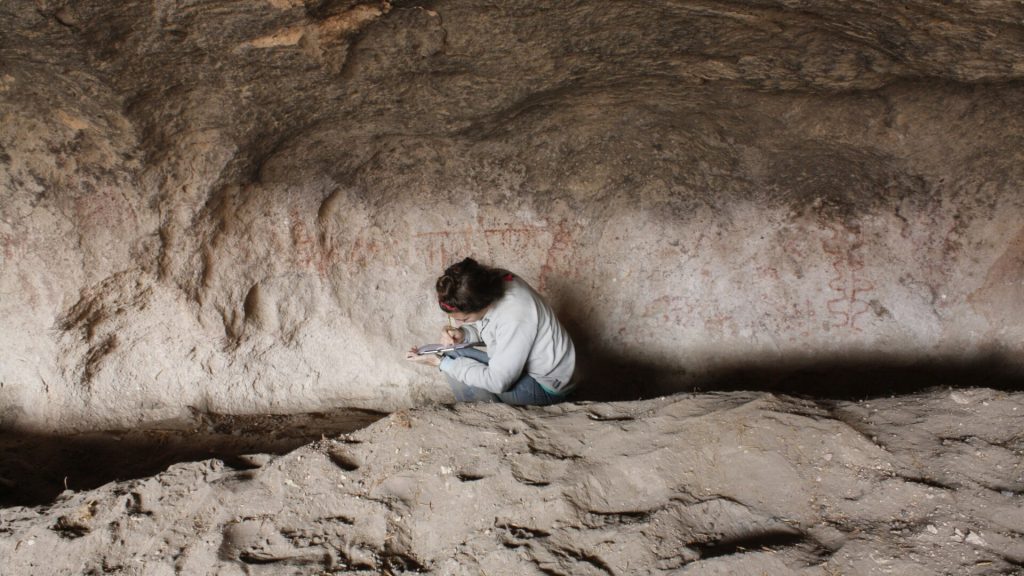
As Berberena and Villanueva noted in their report in Science Advances, this makes the paintings on the cave walls at Cueva Huenul 1 the earliest pigment-based cave art yet to be discovered. But there were more mysteries revealed through the radiocarbon analysis of the black paint.
Multiple Generations of Artists
While the earliest drawings on the walls of Cueva Huenul 1 are 8,200 years old, the more recent ones are approximately 5,200 years old. What this means, according to Berberena and Villanueva, is that multiple generations of people added their art to the same walls that their ancestors used.
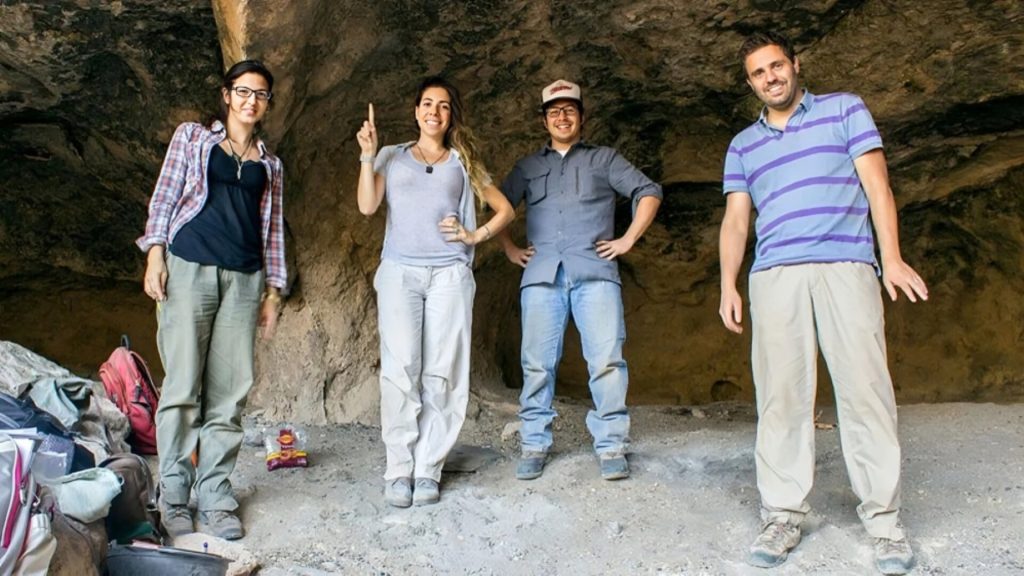
Images and symbols were continually added to the walls and ceilings of Cueva Huenul 1 for a span of about 3,000 years. This suggests that an incredible 130 generations of people participated in creating the cave art.
A Repeating Symbol
Of the more than 440 identifiable motifs in the Cueva Huenul 1 cave art, one mysterious symbol was drawn over and over again for thousands of years. This symbol, according to Berberena and Villanueva, resembles a comb – a long line with a series of shorter lines running perpendicular to it and connected to the longer line.
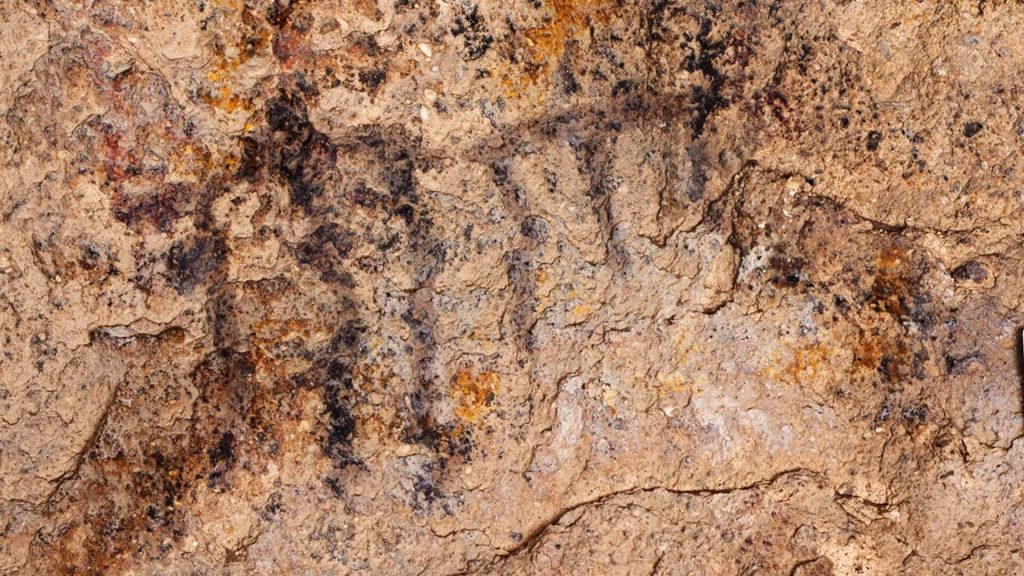
Berberena noted, “As interesting as the ages are, for us it’s more significant that they span, more or less 3,000 years of painting basically the same motif during all this time.” What exactly this symbol represents, however, is not known.
Sharing Collective Knowledge
Berberena and Villanueva suggest that this symbol could be a way that people shared their collective wisdom and shared cultural knowledge from one generation to the next. It could even be that Cueva Huenul 1 served as a repository of knowledge, like a library of sorts.

“We think it was part of a human strategy to build social networks across dispersed groups, which contributed to making these societies more resilient against a very challenging ecology,” explained Berberena. Cueva Huenul 1 may have been a place that people returned to time and again and for many generations.
A Way of Dealing with a Changing Climate
We know that the climate of Patagonia had drastically changed just about a thousand years before the oldest cave drawings at Cueva Huenul 1 were made. Perhaps the peculiar comb-shaped symbol represented the changing environment.
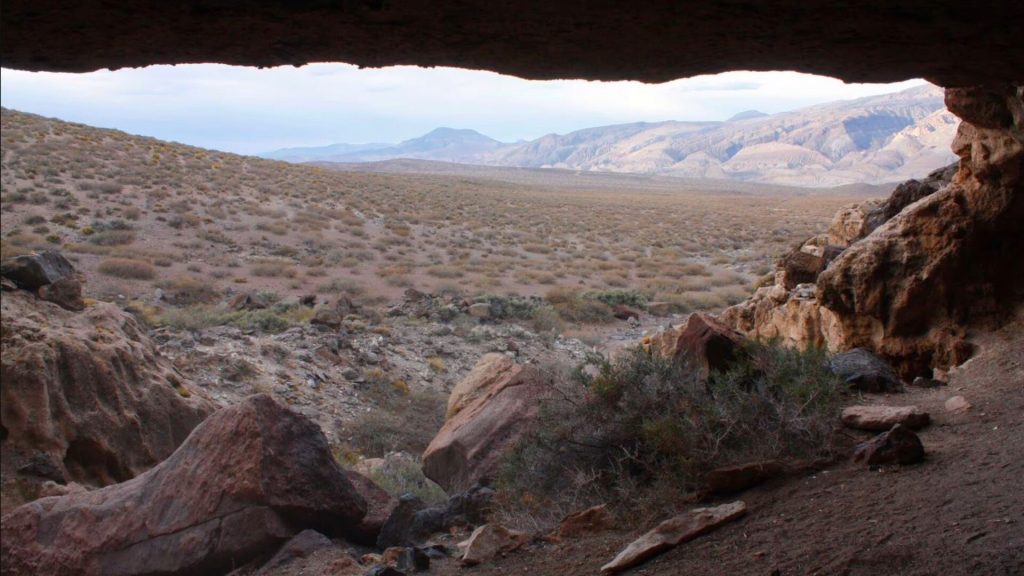
University of Chile archaeologist Andres Troncoso, who did not participate in the study of Cueva Huenul 1’s cave art, agreed with Berberena’s suggestion. He noted that the study “provides a contribution to the discussion about how humans have dealt with climate change in the past.”
Rock Art Is a Record of the Past
All across the globe, there are examples of cave art and rock drawings that served as a way for ancient people to record the past and preserve cultural knowledge for the future. The cave art at Cueva Huenul 1 is no different.
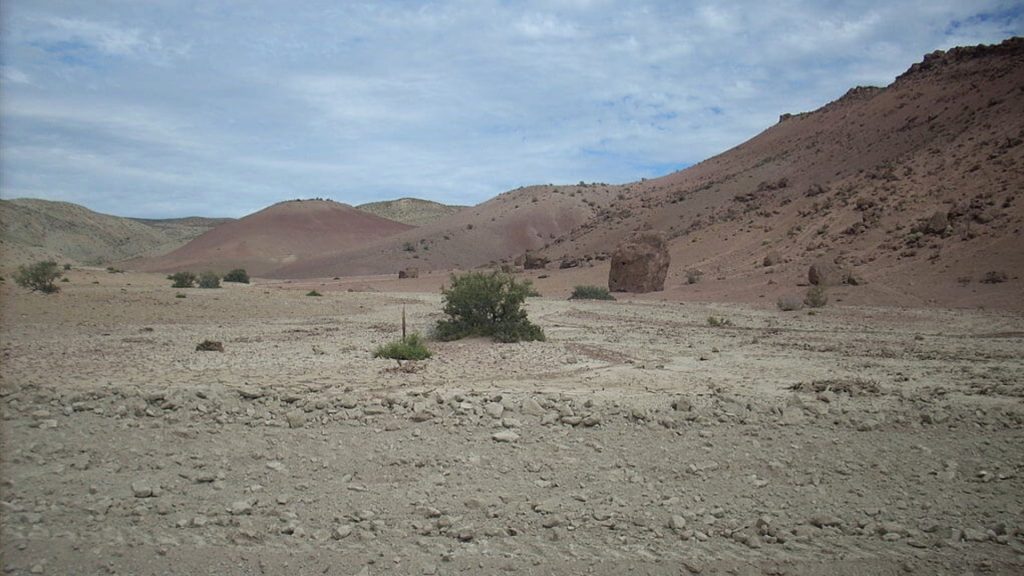
“It’s amazing the amount of rock art we found there,” Villanueva said. “In the surrounding landscape there are several rock art sites, but none of them have the amount of diversity in shapes and colors found here. So, it’s evident that this place was likely a hot spot for communication in the past and crucial for the survivability of these societies.”

